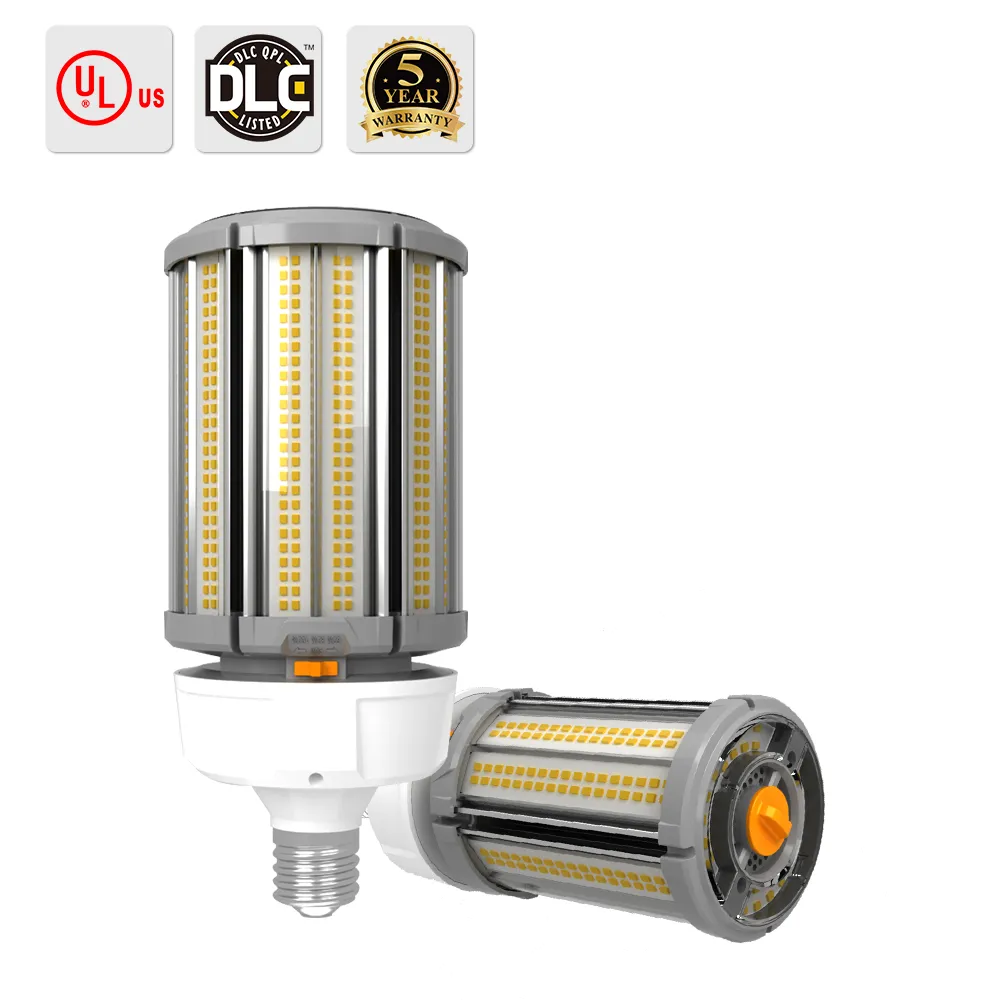Can LED Retrofit Kits Save Energy in Existing Fixtures
2025
Transform Your Lighting System with Modern Energy Solutions
The evolution of lighting technology has brought us to an exciting crossroads where efficiency meets sustainability. LED retrofit kits represent a groundbreaking solution for businesses and homeowners looking to modernize their existing lighting systems without the extensive costs of complete fixture replacement. These innovative kits are designed to seamlessly integrate into your current lighting infrastructure while delivering substantial energy savings and improved illumination quality.
As energy costs continue to rise and environmental concerns take center stage, LED retrofit kits have emerged as a practical and cost-effective solution for upgrading outdated lighting systems. By understanding how these kits work and their benefits, you can make an informed decision about transforming your space's lighting efficiency.
Understanding LED Retrofit Technology
Components and Installation Process
LED retrofit kits consist of several essential components that work together to create an efficient lighting solution. The main elements typically include LED modules, drivers, mounting brackets, and wiring harnesses. These components are specifically designed to replace existing lamp sockets, ballasts, and other outdated hardware while utilizing the original fixture housing.
The installation process involves removing old components from existing fixtures and installing the new LED components. Professional electricians can typically complete the retrofit process quickly, minimizing disruption to your daily operations. The modular nature of LED retrofit kits makes them adaptable to various fixture types, from recessed lighting to high bay fixtures.
Technical Specifications and Compatibility
Modern LED retrofit kits are engineered to be compatible with a wide range of existing fixtures and electrical systems. They operate on standard voltage systems and can be integrated with most dimming controls. The technical specifications often include features like adjustable color temperature, various beam angle options, and compatibility with smart lighting controls.
When selecting LED retrofit kits, it's crucial to consider factors such as lumen output, color rendering index (CRI), and power requirements. These specifications ensure that the new lighting solution meets both functional and aesthetic requirements while maximizing energy efficiency.
Energy Savings and Cost Benefits
Immediate Energy Reduction Impact
The implementation of LED retrofit kits can lead to immediate and substantial energy savings. Traditional lighting systems often waste energy through heat production and inefficient light distribution. LED retrofit kits typically reduce energy consumption by 50-75% compared to conventional lighting systems, translating to significant cost savings on utility bills.
Real-world applications have shown that facilities using LED retrofit kits experience dramatic reductions in their energy usage. For example, a commercial office building that converts from fluorescent tubes to LED retrofit kits can see their lighting-related energy costs drop by thousands of dollars annually.
Long-term Financial Benefits
The financial advantages of LED retrofit kits extend well beyond immediate energy savings. These systems typically have a lifespan of 50,000 to 100,000 hours, significantly reducing maintenance and replacement costs. The extended operational life means fewer bulb changes, lower labor costs, and reduced disposal expenses.
When calculating return on investment (ROI), consider factors such as reduced energy consumption, lower maintenance costs, and potential utility rebates or tax incentives. Many organizations find that their LED retrofit investments pay for themselves within two to three years through accumulated savings.
Environmental Impact and Sustainability
Carbon Footprint Reduction
LED retrofit kits contribute significantly to environmental conservation efforts. By consuming less electricity, these systems help reduce greenhouse gas emissions associated with power generation. The reduced energy consumption directly translates to a smaller carbon footprint for your facility or home.
Additionally, LED technology contains no hazardous materials like mercury, making disposal safer and more environmentally friendly. The long lifespan of LED retrofit kits also means fewer replacements and less waste going to landfills over time.
Sustainable Manufacturing and Materials
Modern LED retrofit kits are manufactured using increasingly sustainable practices and materials. Many manufacturers are implementing recycling programs for old components and using recyclable materials in their new products. This commitment to sustainability extends throughout the entire product lifecycle, from production to eventual disposal.
The use of energy-efficient manufacturing processes and responsible material sourcing further enhances the environmental benefits of LED retrofit solutions. This comprehensive approach to sustainability makes LED retrofit kits an environmentally responsible choice for lighting upgrades.

Smart Integration and Future Adaptability
Advanced Control Systems
LED retrofit kits can be integrated with smart lighting control systems, enabling advanced features like occupancy sensing, daylight harvesting, and scheduled dimming. These intelligent controls further optimize energy usage by ensuring lights are only active when needed and at appropriate brightness levels.
The compatibility with building management systems allows for centralized control and monitoring of lighting performance. This integration provides valuable data on energy consumption patterns and helps identify additional opportunities for efficiency improvements.
Future-Ready Technology
The modular design of LED retrofit kits makes them adaptable to future technological advancements. As lighting control technologies evolve, many retrofit systems can be updated or enhanced without requiring complete replacement. This future-ready approach protects your investment and ensures long-term value.
Emerging technologies like IoT connectivity and artificial intelligence are being incorporated into newer LED retrofit solutions, paving the way for even more sophisticated lighting management capabilities in the future.
Frequently Asked Questions
How long do LED retrofit kits typically last?
LED retrofit kits generally have a lifespan of 50,000 to 100,000 hours, which can translate to 10-20 years of normal use. This extended lifespan significantly reduces maintenance requirements and replacement costs compared to traditional lighting systems.
What kind of maintenance do LED retrofit kits require?
LED retrofit kits require minimal maintenance compared to traditional lighting systems. Regular cleaning of fixtures and occasional visual inspections are typically sufficient. The long lifespan of LEDs means very few component replacements are needed over the system's life.
Can LED retrofit kits be installed in any existing fixture?
While LED retrofit kits are designed to work with many different fixture types, it's important to verify compatibility before installation. Factors such as fixture size, voltage requirements, and mounting options need to be considered. A professional lighting assessment can help determine the most suitable retrofit solution for your specific fixtures.

 EN
EN
 AR
AR
 BG
BG
 HR
HR
 CS
CS
 DA
DA
 NL
NL
 FI
FI
 FR
FR
 DE
DE
 EL
EL
 HI
HI
 IT
IT
 JA
JA
 KO
KO
 NO
NO
 PL
PL
 PT
PT
 RO
RO
 RU
RU
 ES
ES
 SV
SV
 CA
CA
 TL
TL
 IW
IW
 ID
ID
 LV
LV
 LT
LT
 SK
SK
 SL
SL
 UK
UK
 ET
ET
 GL
GL
 HU
HU
 MT
MT
 TH
TH
 TR
TR
 FA
FA
 MS
MS
 GA
GA




